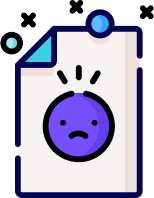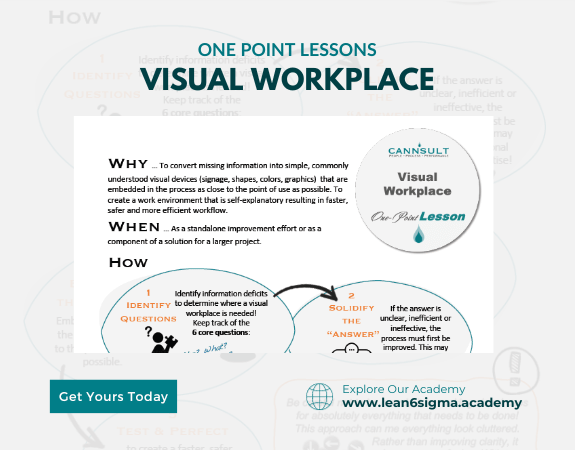Visual workplace
Chaos to Calm
Visual controls
Improve Safety
Simplicity
Standardization
Increase Efficiencies
Enhance you culture!
A Visual Workplace is designed to make information, processes, and materials easy to see and understand at a glance. It's an essential concept in lean manufacturing and process improvement, contributing to enhanced productivity and reduced errors.
Key Principles of a Visual Workplace:
Visual Communication: Use visual cues, signs, labels, and markings to communicate information quickly and effectively.
Simplicity: Keep visual displays and tools simple and intuitive, making it easy for anyone to understand.
Standardization: Apply consistent visual standards and practices across the workplace.
Visual Controls: Implement visual controls to monitor processes and identify deviations or abnormalities.
Steps to Create a Visual Workplace:
Assessment: Evaluate the current workplace to identify areas where visual improvements can be made.
Identify Key Information: Determine what information is critical for employees to have easy access to, such as safety instructions, process flow, inventory levels, and performance metrics.
Select Visual Tools: Choose appropriate visual tools like color-coding, labels, floor markings, shadow boards, and visual scorecards.
Implementation: Introduce visual cues and tools in the workplace. Ensure that they are placed where they are easily visible and accessible to employees.
Training: Train employees on the meaning and use of visual cues and tools. Ensure that everyone understands their significance.
Benefits of a Visual Workplace:
Improved communication and understanding
Increased efficiency and productivity
Enhanced safety by reducing hazards
Reduced errors and defects
Streamlined processes and workflow
Key Takeaway:
A Visual Workplace is designed to make information, processes, and materials easily visible and comprehensible. By using visual cues and tools effectively, organizations can improve communication, efficiency, and safety, leading to better overall performance.

0 Reviews
Riaan is a dynamic leader, coach, facilitator, Lean Six Sigma Master Black Belt with over 20 years of hands-on experience driving business results. Riaan is highly skilled and has worked across diverse industries internationally. With a degree in Chemical Engineering, Riaan started in the major breweries and bakeries in South Africa and was so dedicated to his work that he was often known to take his work home with him.
